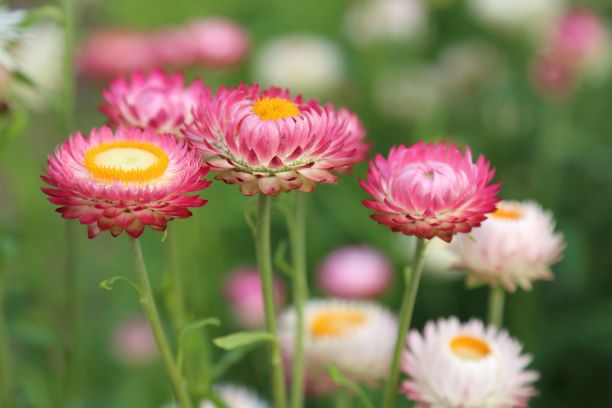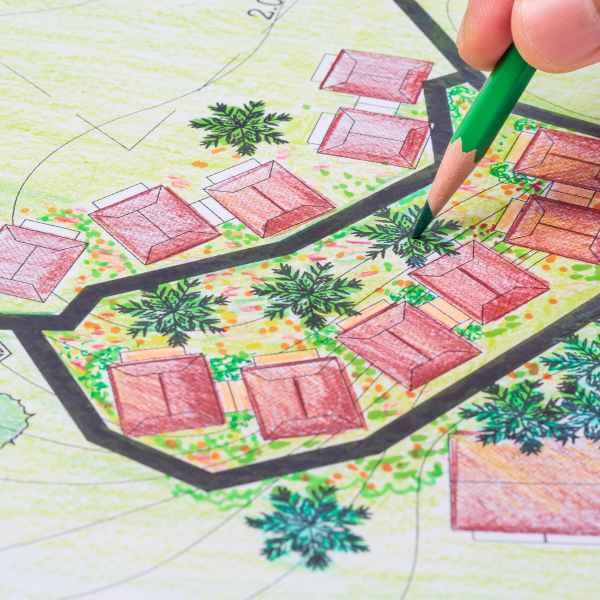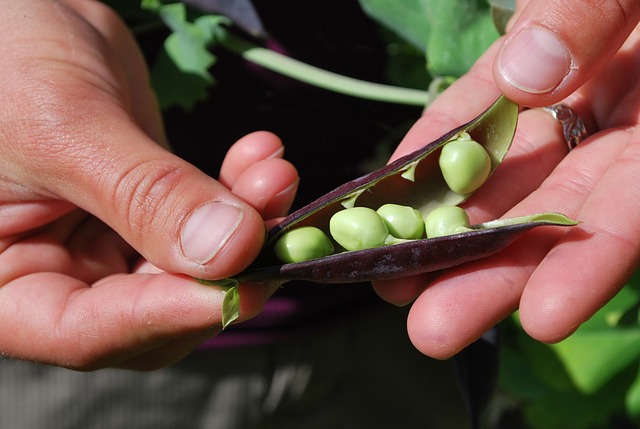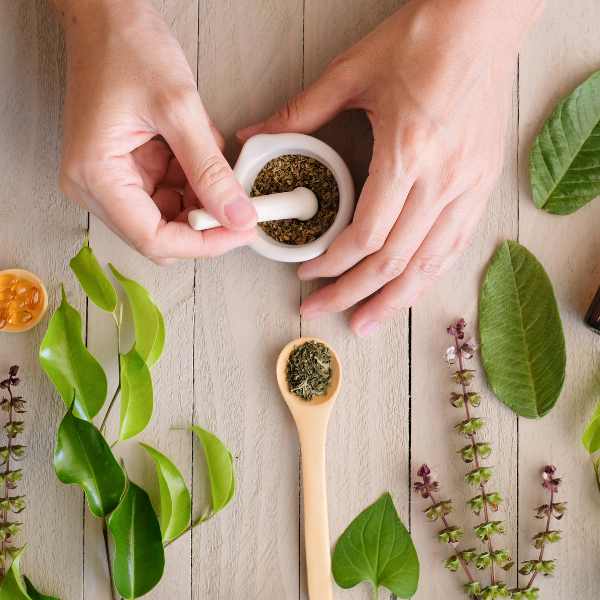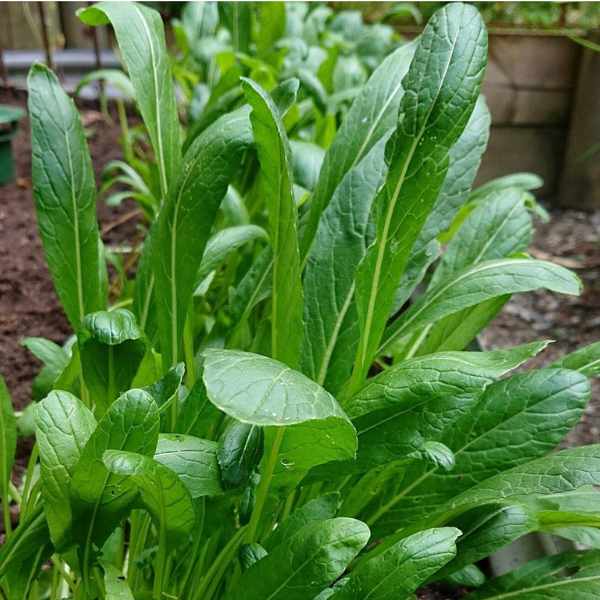The Big Five In The Winter Veggie Patch
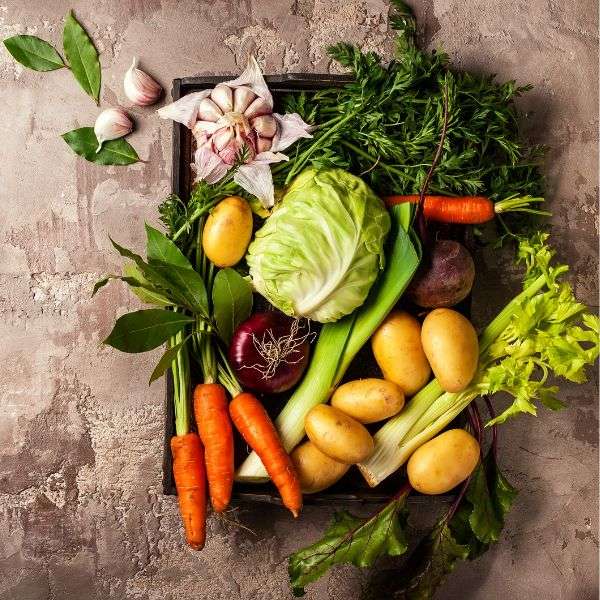
Five of the most popular veggies that Australian gardeners grow in Autumn are cabbage, cauliflower, broccoli, spinach, and kale. Here are some growing tips to consider:
Cabbages
Cabbage is a biennial plant but it is mainly grown as an annual. It can be green, red, or white and is closely related to broccoli and cauliflower and Brussels sprouts. A cabbage generally weighs between 500 to 1,000 grams. Cabbage was most likely domesticated somewhere in Europe before 1000 BC, and by the Middle Ages, cabbage had become a prominent part of our cuisine. They can be prepared many different ways for eating and are a rich source of vitamins and dietary fibre.
Many cabbage varieties are incredibly hardy and will tolerate below-freezing temperatures. For the healthiest growth they need an open, sunny site and rich soil. A bed improved with compost or well-rotted manure is ideal for these hungry feeders, who will appreciate a further boost in the form of an organic general-purpose fertiliser raked into the ground at planting time.
In a traditional crop rotation, cabbages follow on from peas or beans, which naturally lock nitrogen away at their roots. Left in the ground when the crop is cleared, these roots will help to feed the cabbages that follow.
Sow seeds per about 1 cm deep and leave about 50 cm between each. Ensure they have all the space and nutrients they need by carefully weeding between plants to reduce competition with a hoe or by hand.
Cabbages are very hardy but during exceptionally cold weather they may need some form of cold protection such as a row cover tunnel or cloche. In very cold regions, growing cabbages in a greenhouse or cold frame is a great way to guarantee a winter-safe crop.
Cauliflower
Cauliflower is an annual plant that reproduces by seed. Typically, only the head is eaten – the edible white flesh sometimes called “curd” as it has a similar appearance to cheese curd.
The best times to plant Cauliflower are mid-Autumn and early Spring. For Autumn crops you can sow direct or raise seedlings. For Spring crops, it is better to raise seedlings in a greenhouse. The plant thrives in temperatures around 16-18° and no higher than 24°. When temperatures exceed 24° the plants tend to bolt.
Sow seeds 5 mm deep in pots or in furrows in well-draining potting soil. Space the plants 0.5 m apart in rows that are 75 cm apart. As with the cabbages, a bed improved with compost or well-rotted manure is ideal for these hungry feeders, who will appreciate a further boost in the form of an organic general-purpose fertiliser raked into the ground at planting time.
White cauliflower should be blanched if you want to achieve a pure white head, while green, orange, and purple cultivars need the sun to develop their colours. To get a white head, it is necessary to tie up the leaves around the developing curd. Start checking your plants about 30 days after transplanting your seedlings. When the curd is 5-8 cm in diameter (about the size of an egg) the large outer leaves should be tied up and over the emerging curds. The easiest way to do this is to tie the leaves with rubber bands, tape, or twine.
Cauliflower is extremely susceptible to fungus, so the second condition of when to blanch a cauliflower would be the driest part of the day. You don’t want to trap moisture inside your leaf cover. If your planting is large, using a different colour band or string for each day will prove useful for harvest, as those heads that were tied first will be ready for harvest first. Time from tying to harvest varies from 14 to 21 days during the cool days of autumn.
Broccoli
Broccoli is a nutrient-rich vegetable which can be used in many ways from stir fries to oven bakes. It is one of my favourite vegetables and I love to steam it. It is such a staple in my cooking, that I bought myself a Vegiepod to be able to grow it without the pain of the dreaded cabbage moth.
Broccoli can be direct seeded into the garden from March on wards. Space broccoli plants 50 cm apart. If you have the space, providing more space between plants encourages larger central heads. Choose a garden location which provides 6 to 8 hours of direct sunlight daily. Use a balanced fertilizer, as too much nitrogen promotes excessive leaf growth. Mulching will help to control weeds and retain soil moisture levels.
The edible part of the broccoli plant is an unopened flower. The central head should be harvested when it’s fully developed, but before the individual buds open into small, yellow flowers. If the plant bolts and flowers, it is too late to pick. The best thing to do is to use the flowering plant to save seeds and feed the insects.
To harvest, use a sharp knife to remove the central flower head. Leaving the broccoli plant in the ground encourages side shoots to develop. Although smaller than the central head, these side shoots will allow you to continue harvesting broccoli for a longer period.
Spinach
When it comes to vegetable gardening, spinach is a great addition. Growing spinach in the home garden is a great way to get plenty of iron, calcium and vitamins A, B, C and K. This nutrient rich green has been cultivated for over 2,000 years.
It is a cool season crop that does best in early Spring and Autumn. It prefers well-draining, rich soil and a sunny location. Before planting, dig in some compost or aged manure. Direct sow the seeds at intervals of 8 cm apart and cover lightly with soil. To ensure a continuous crop, sow another batch of seeds every 2-3 weeks. Spinach planting can also occur in containers. Use a container that is at least 20 cm deep. A self-watering pot or wicking bed is ideal as spinach likes moist soil.
Water deeply and regularly especially during dry periods. Keep the area around the plants weeded to stop competition with the weeds for nutrients. Spinach is a heavy feeder so fertilise regularly to maximise growth. Leaf miners can be a pest associated with spinach. Check the undersides of the leaves for eggs and crush them. When leaf miner tunnels are evident, destroy the leaves.
It doesn’t take long for spinach to grow. Once you see five or six good leaves on a plant, go ahead and begin harvesting. Fresh spinach is great mixed with lettuce in a salad or by itself or you can wait until you have enough leaves to cook.
Kale
When it comes to healthy eating, kale is a hero plant, full of nutrients. Kale plants are extremely robust, adaptable to many different situations. Growing kale can be done in most types of soil, and they prefer sunny, well-drained areas. Give it a sunny position to encourage stronger growth during the dark winter months.
Like cabbage, kale grows best when well-fed. Add plenty of compost to the ground before sowing your seeds and if your soil isn’t especially rich, top up its fertility by applying a balanced organic fertiliser such as chicken manure pellets a week or two before planting. If growing in raised beds, buy the best soil you can afford if you do not want to improve your old soil.
Sow your seeds at a depth of half a centimetre and spacing 50 cm apart. Kale that will be harvested for smaller salad leaves can be planted closer to leave about 25 cm between plants.
Once your plant has reached a decent size, harvest every few days by taking one or two leaves from each plant so that the central inner rosette of leaves remains untouched. By the end of the winter the plants will have grown quite tall because of this regular harvesting. When they start to flower pick the best plant to use to save seeds. The rest can go to the compost heap or left as an extra source of nectar for pollinators such as butterflies and bees.
One of the major pests associated with all the above vegetables is the Cabbage Moth who is a gladiator of an opponent. I have put together a list of measures that you can take here and the team at Gardening Australia have put together this guide “How to protect brassica seedlings from cabbage moths“.

